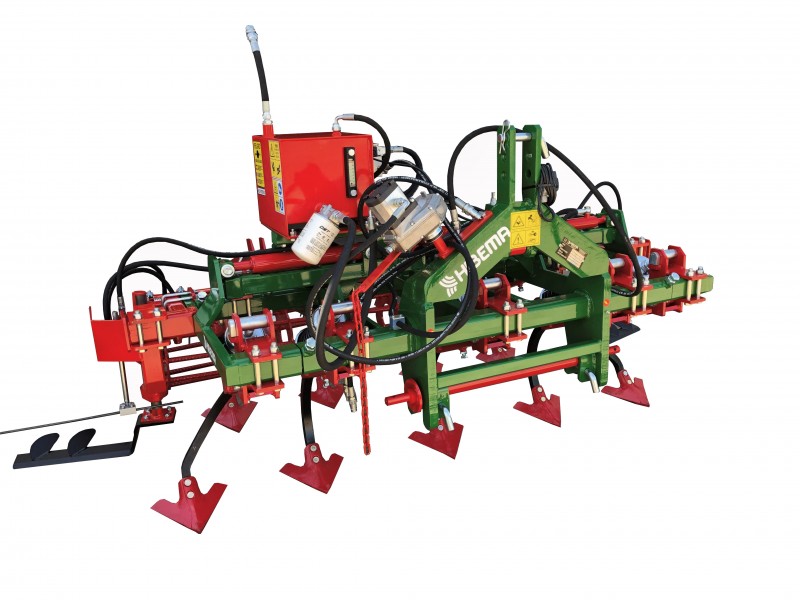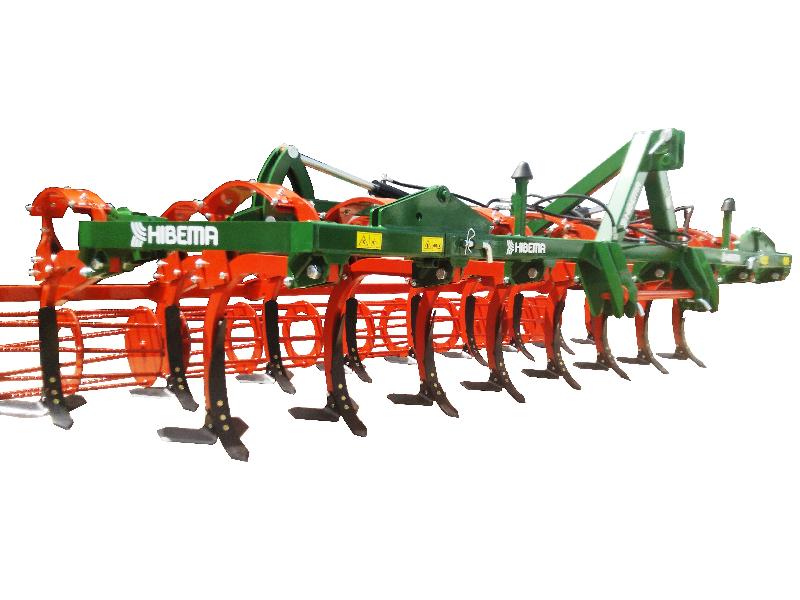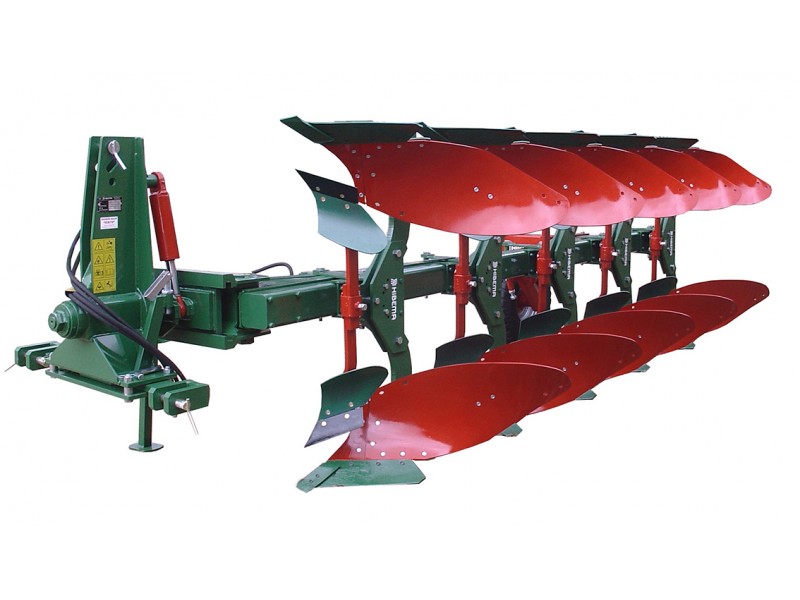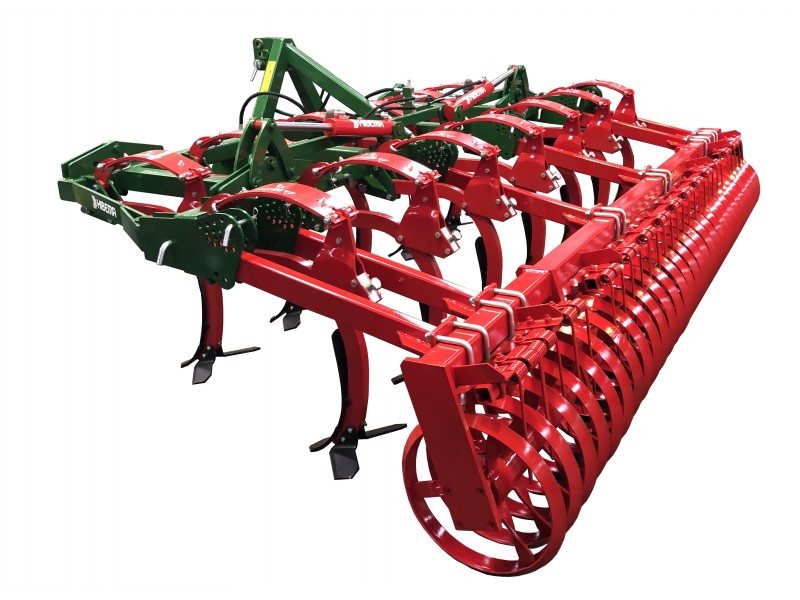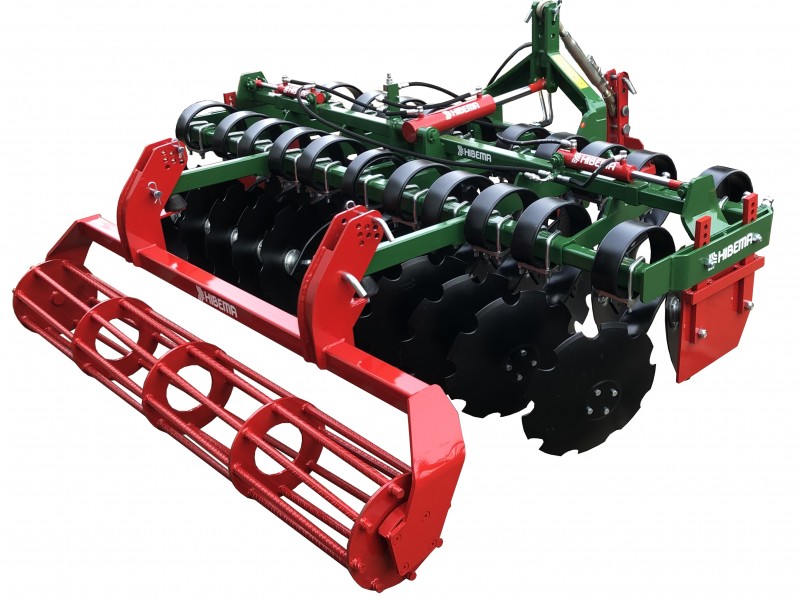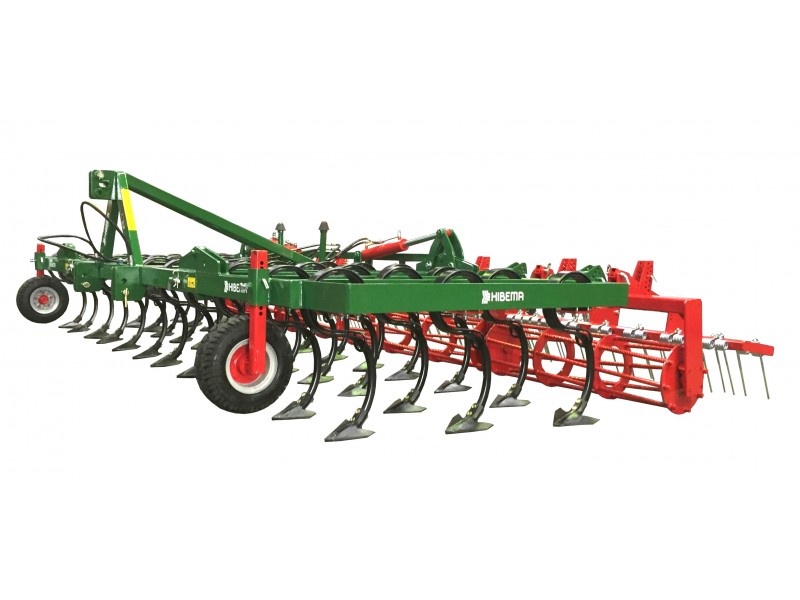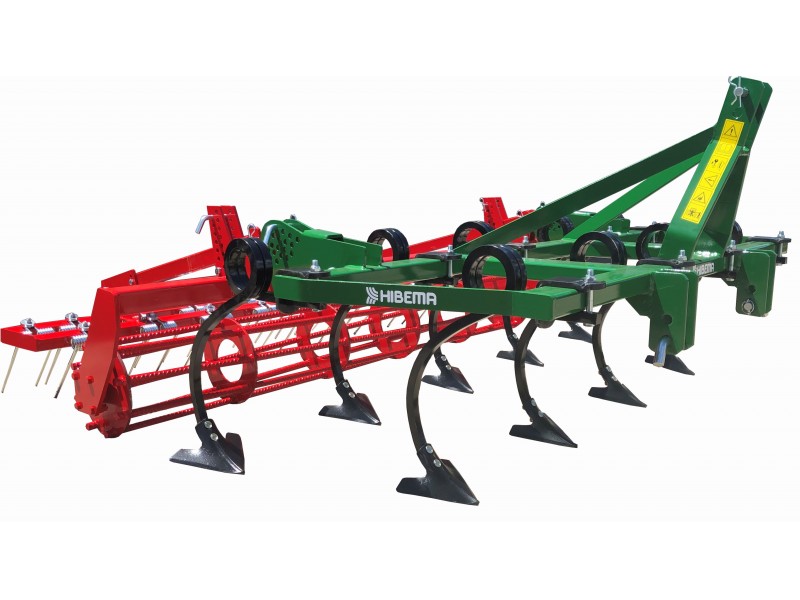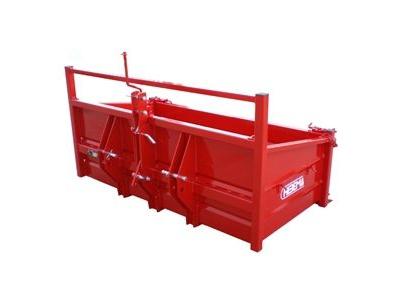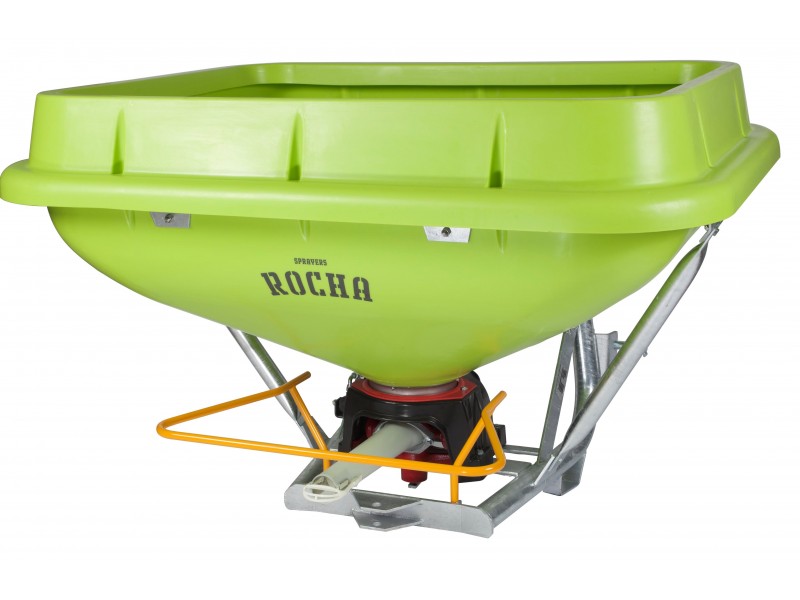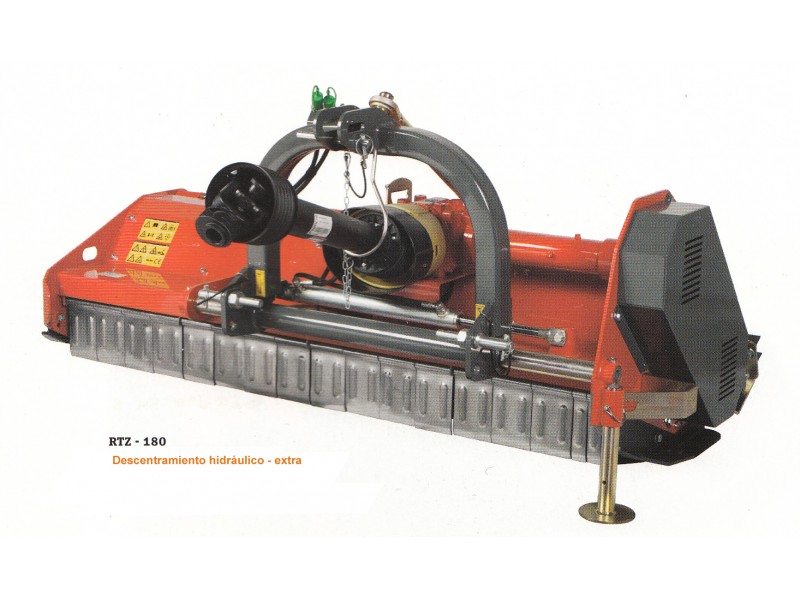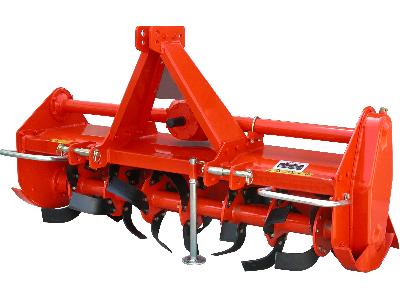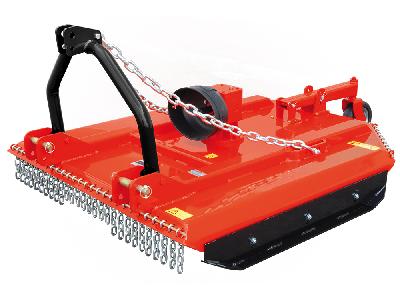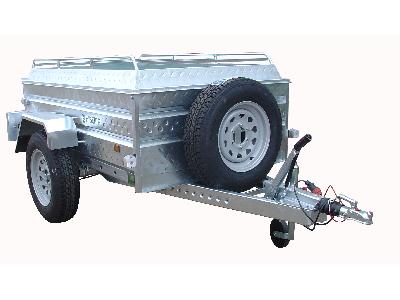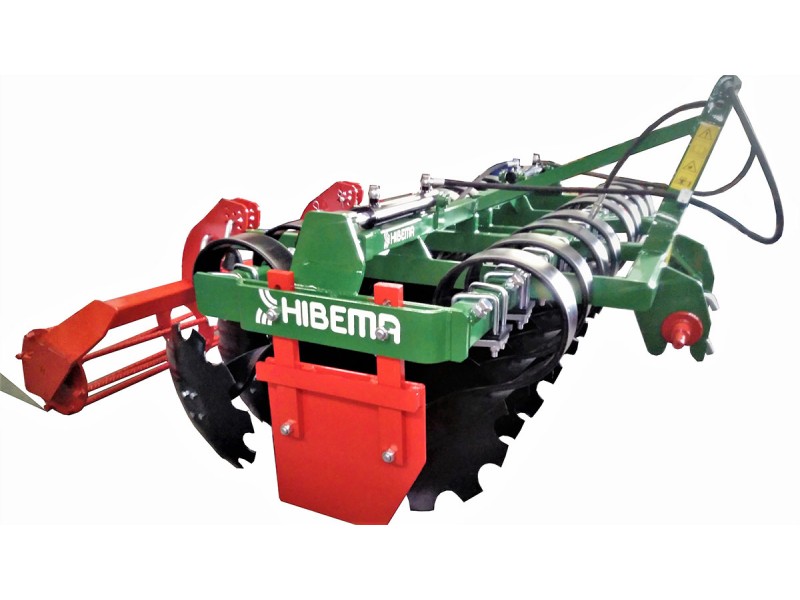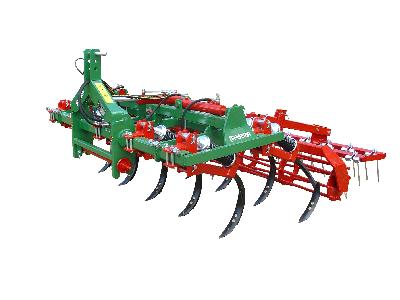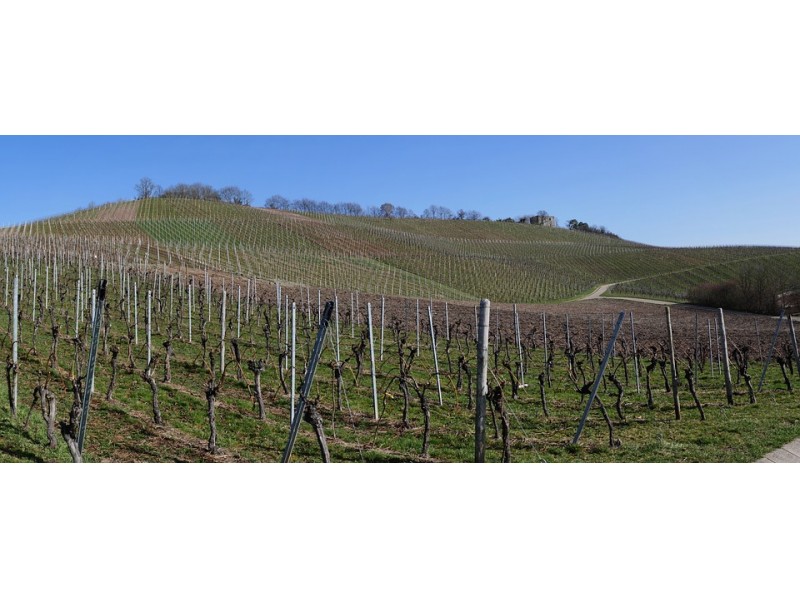The 134,658,541 litres declared with DO La Mancha corresponding to the 2020 harvest represent an increase of 5.8% with respect to the 2019 vintage, surpassing it by almost 8 million litres, since that year it reached 126.9 million litres.
The DO points out that "this is logical considering that the grape harvest was significantly larger in 2020 than in 2019, although it should be remembered that in terms of wine declared with the La Mancha Designation of Origin, red varieties clearly prevail, although the white Airén variety clearly predominates in the vineyards of La Mancha".
Specifically, red wine amounted to 75,747,944 million litres, which represents 56 percent of the total, also reflecting higher yields in the red plots, among which Tempranillo stands out. Rosé wine stands at 6,359,445 million litres (barely 5% of the total), and white wines account for 52,551,152 million litres (39%).
As mentioned above, the predominant wine is Tempranillo with 54,747,944 litres of red and 5,249,029 litres of rosé, followed by Syrah (7,043,345 litres of red and 42,792 litres of rosé), Cabernet Sauvignon (5,502,327 litres of red and 154,561 litres of rosé), Cabernet Sauvignon (5,502,327 litres of red and 154,561 litres of rosé) and Cabernet Sauvignon (5,502,327 litres of red and 154,561 litres of rosé). 561 litres of rosé), Garnacha Tinta (3,347,569 litres of red and 469,552 litres of rosé), Merlot (2,919,218 litres of red and 17,209 litres of rosé) and Petit Verdot (1,289,643 litres of red and 157,514 litres of rosé), with the rest of the red varieties remaining below one million litres.
As for the white varieties, Airén stands out with 32,232,801 litres, followed by Macabeo or Viura with 6,233,352 litres, Verdejo with 5,957,590 litres, Sauvignon Blanc with 4,148,960 litres, Chardonnay with 2,521,875 litres and Moscatel de grano menudo with 1,176,891 litres. The rest of the white varieties are below one million litres.
Ciudad Real, in the lead
By provinces, Ciudad Real with 51,811,007 million litres (38%) leads the production of wine declared in DO La Mancha, followed by Albacete, with 33,536,524 (25%), Toledo 30,957,081 (23%) and, finally, Cuenca with 18,327,199 million litres (14%).
By towns, Villarrobledo (Albacete) would occupy first place in the range between 25 and 30 million litres, followed by Tomelloso (Ciudad Real) and La Puebla de Almoradiel (Toledo), both with more than 15 million litres.
Average yields per hectare were 6,115 kg/ha and 7,872 kg/ha for goblet-trained and trellised vines, respectively, with the average yield for goblet-trained red varieties being lower than for white varieties, the lowest being for goblet-trained Verdejo (5,558 kg/ha). Among the goblet-grown reds are Cabernet Franc (1,310 Kg/ha), Syrah (2,836 Kg/ha), Monastrell (4,927 Kg/ha), Merlot (4,973 Kg/ha) and Tempranillo (5,404 Kg/ha).
147 registered wineries
The total number of wineries registered with the Control Board is 236 operators are registered within the statistics of the Denomination of Origin La Mancha, in 2020. If we break down the different existing registers, we can see that there are 147 winemakers and 193 bottled wine marketers with DO La Mancha, while there are 100 wineries with a barrel plant for the production of crianza wines and 65 exporters.
By provinces, Ciudad Real is the one with more operators (57 winemakers, 71 bottled wine traders, 41 barrels parks and 32 exporters), followed by Toledo (45 winemakers, 41 bottled wine traders, 26 barrels parks and 17 exporters), Cuenca (34 winemakers, 35 bottled wine traders, 24 barrels parks and 10 exporters) and Albacete (11 winemakers, 16 bottled wine traders, 9 barrels parks and 4 exporters).
Precisely the growth in the number of barrels in the wineries that belong to the La Mancha Designation of Origin has been one of the most remarkable facts in recent years, currently amounting to 93,900 barrels, which far exceeds the current production capacity of crianza, reserva and gran reserva wines with DO La Mancha, demonstrating its great potential for future growth in this type of wine if there is commercial demand.






